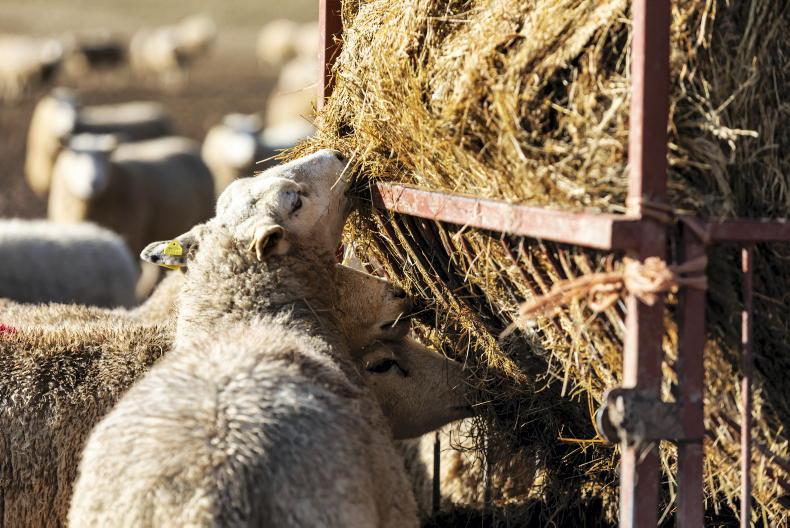Last week’s warm weather did farmer mentality as much good as it did to soil temperatures, with both receiving a well needed lift. Predicted soil temperatures for this week will see a further increase, rising to 13-14°C.
Average growth over the past week has been 49kg DM/ha with a demand of 39kg DM/ha. However, there is some farmers that are still struggling, with growth below that of demand.
The danger with this is that if farms are eating into their farm cover each week, there is a risk of the average farm cover dipping below 500kg DM/ha. When it dips below this, several things happen.
Firstly, because there is less grass on the farm, there is less green cover, which goes back to the saying ‘grass grows grass’.
Less green cover means less photosynthesis is happening, which will result in lower average growths. Secondly, if our average farm cover is low, our pre-grazing yield is low resulting in stock getting through paddocks quicker and shortening the rotation further.
Where there is a deficit, the important thing is that priority stock continue to get their required intake amounts. A pinch in energy intakes now, especially in spring calving cows, could spell disaster.
Ensure high utilisation rates are being hit by strip grazing where required. Where grass is extremely tight, then supplementation may be required.
Trevor Boland – Dromard, Co Sligo
I’ve been happy with growth over the last week, with the recent warm spell helping to push on covers. I’m currently sitting at 18 days of grass ahead, meaning I will most likely have to take out some paddocks on an outblock, which I try to avoid.
They will be closed up now and mown out at the end of May/beginning of June. I’m grazing paddocks with my yearlings and weanling heifers down to 5cm, having previously grazed to 4cm.
The main first cut will hopefully be completed at home in the next week or so, whenever a weather window opens. Bulls have been weighed and dosed, with an average daily gain of 1.2kg. Paddocks have been sprayed off for reseeding in the next few weeks.
System Suckler to weanling
Soil Type Variable
Farm cover (kg/DM/ha) 997
Growth (kg/DM/ha/day) 107
Demand (kg/DM/ha/day) 70
Ken Gill – Clonbullogue, Co Offaly
I have 18 days of grass ahead of me, which is a relief after my last two walks before this one showed a low farm cover and poor growth.
With the farm depending on clover rather than chemical N to grow grass, the colder soils have more of an effect on us. We will sell 13 empty cows this week, which will ease pressure on the grazing block.
The first of the red clover silage ground was mowed out for bales last week, and yielded 107 bales from 12 acres, which I was very happy with.
The other red clover paddock is to be cut this week, and I’ll likely only get one pre-cut off it as it’s a four-year ley.
It will go in to stubble turnips, rape and kale in July after a second cut.
System Suckler to beef
Soil Type Variable
Farm cover (kg/DM/ha) 617
Growth (kg/DM/ha/day) 28
Demand (kg/DM/ha/day) 36
Peter Doyle – Derrypatrick , Co Meath
First-cut silage was harvested last week. We would usually target a cutting date of 15-20 May, but as the ground was not grazed in late-autumn we decided to cut earlier. This silage will be fed to weanlings over the winter with a predicted DMD of 75 DMD+.
Both the red clover silage ground and the grass-only ground received 2,500 gallons/acre of slurry post cutting, with the grass-only sward receiving 1.5 bags/acre of protected urea as well. Silage from both plots have been pitted separately for our trial work. Cattle are heading in to pre-grazing yields of 1,400kg DM/ha, with growth now exceeding demand, with 50% of ground out for silage included in this. We are also following cattle with watery slurry.
System Suckler to beef
Soil Type Free draining
Farm cover (kg/DM/ha) 780
Growth (kg/DM/ha/day) 67
Demand (kg/DM/ha/day) 62










SHARING OPTIONS